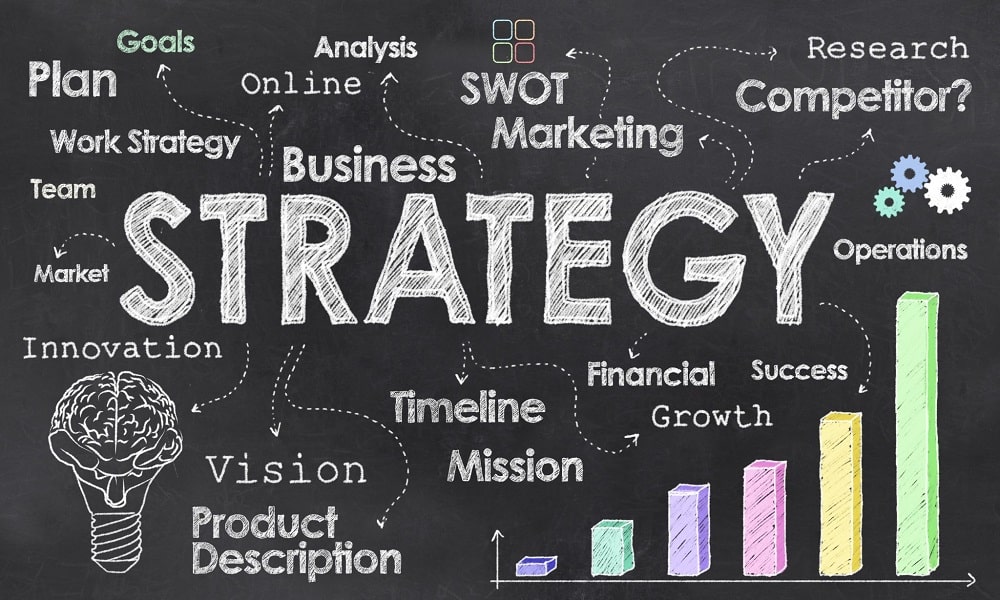A business strategy is an outline of the competitive actions, tactics and decisions a company plans to take to reach its business goals and objectives.
It creates a vision and direction for the whole company to compete successfully, strengthen its performance, and achieve organizational goals. It is important that all people within a company have clear goals and are following the defined direction and mission. A business strategy helps different departments work together, ensuring departmental decisions support the overall direction of the company.
A successful strategy requires different techniques to recognize the needs and requirements of potential clients. Companies also need to be able to define markets, establish clear segments and position themselves.
A strategy must also ensure long-term sustainability. This means that the strategy addresses the critical issue of the management’s ability to attract, generate and maintain acceptable levels of resources to allow the company to follow its objectives.



© 2021 Copyright, All rights reserved by Hotwifi